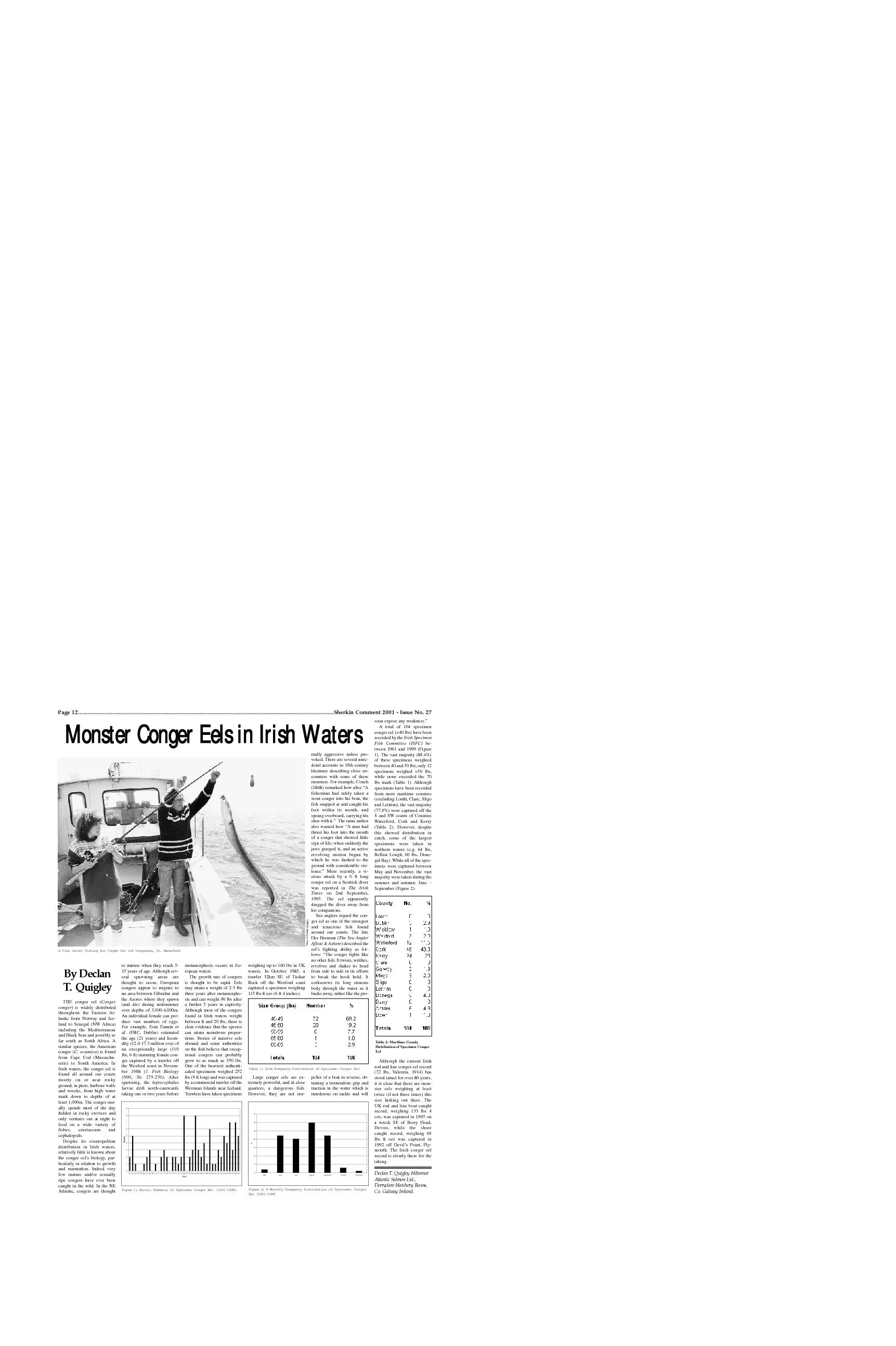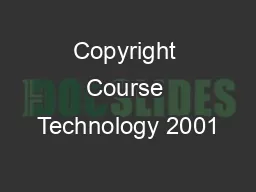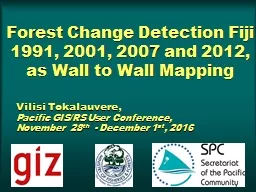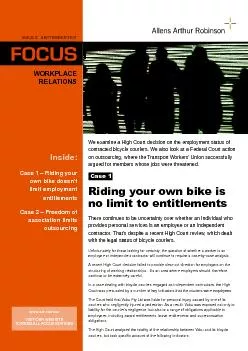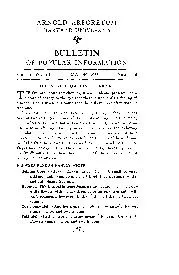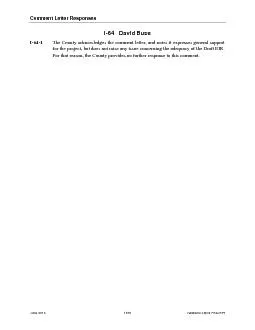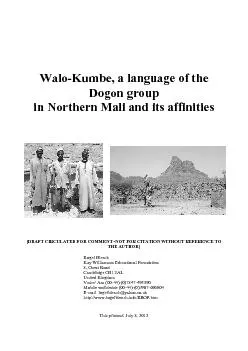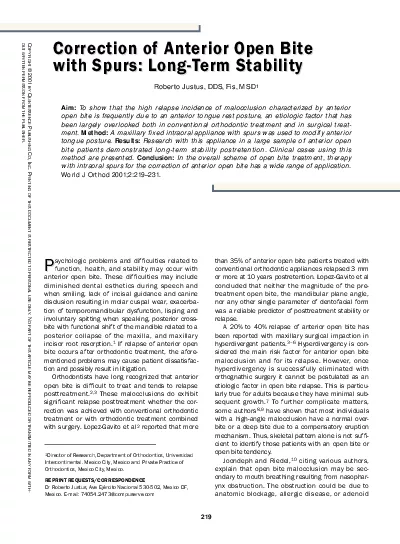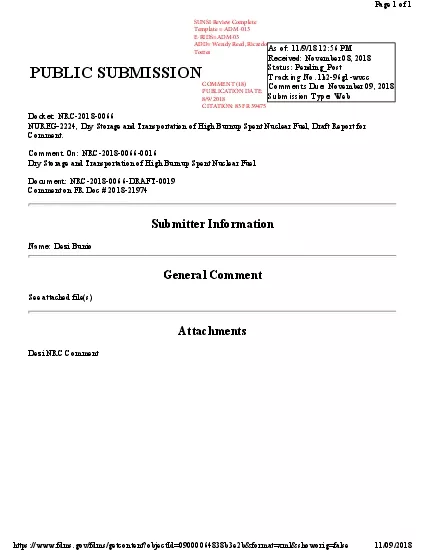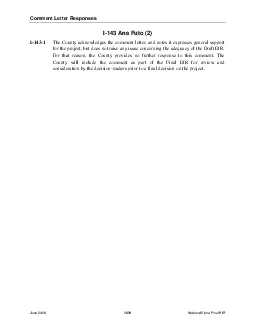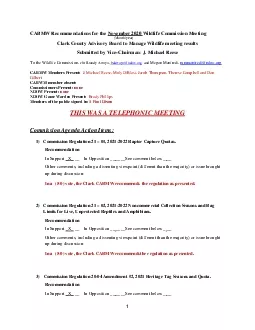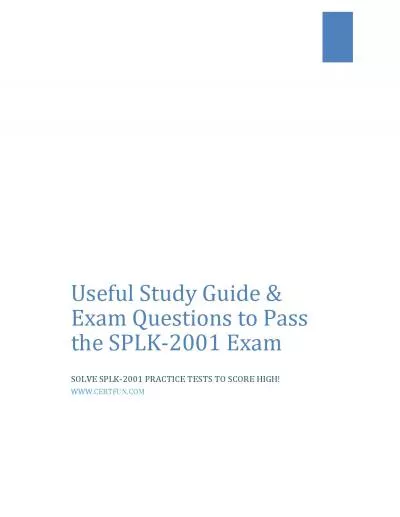PDF-Sherkin Comment 2001 - Issue No. 27...................................
Author : karlyn-bohler | Published Date : 2016-03-08
By Gerry GoughINits 19992000 ESB again highlights declining Waterhydro generating stations Each river is scienserved at acceptable levels The principalspecies that
Presentation Embed Code
Download Presentation
Download Presentation The PPT/PDF document "Sherkin Comment 2001 - Issue No. 27........" is the property of its rightful owner. Permission is granted to download and print the materials on this website for personal, non-commercial use only, and to display it on your personal computer provided you do not modify the materials and that you retain all copyright notices contained in the materials. By downloading content from our website, you accept the terms of this agreement.
Sherkin Comment 2001 - Issue No. 27...................................: Transcript
Download Rules Of Document
"Sherkin Comment 2001 - Issue No. 27..................................."The content belongs to its owner. You may download and print it for personal use, without modification, and keep all copyright notices. By downloading, you agree to these terms.
Related Documents

